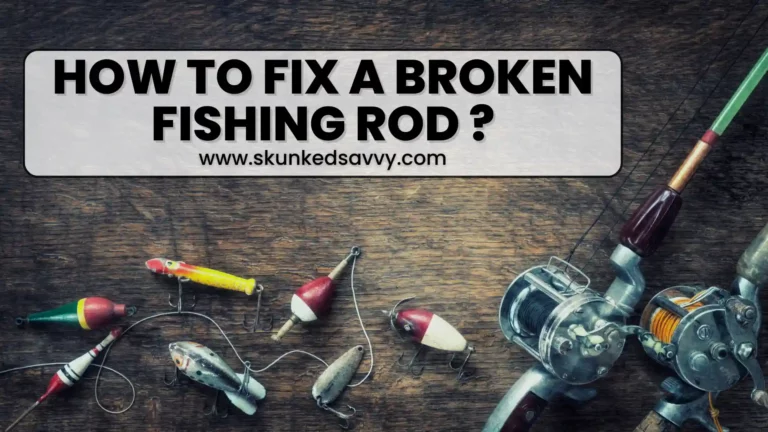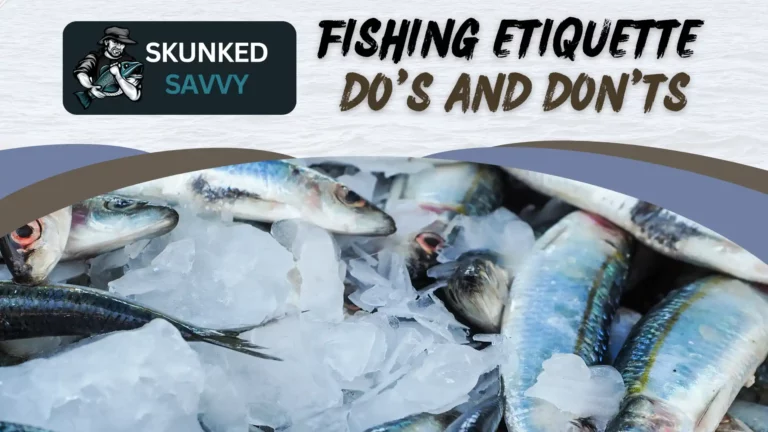Types of Fishing Knots – How to Tie Them
Important
Knowing the trick and ways to tie a perfect fishing knot can be a game changer for fishing enthusiasts especially for beginners.
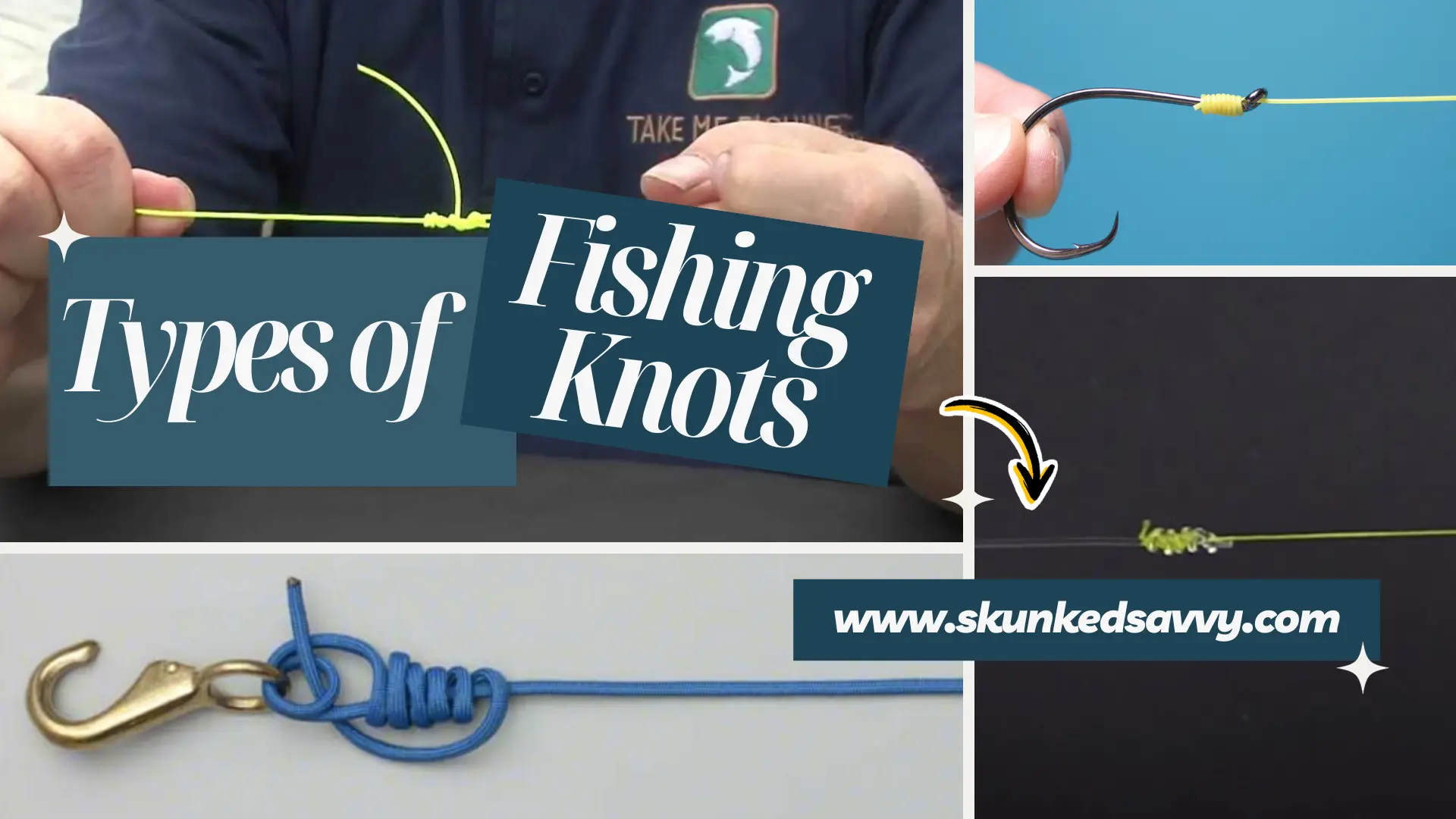
Pro Tip
Every angler must learn how to tie the fishing lines, hooks, and lures with precision if you don’t want to lose your caught fish halfway.
Imagine how frustrating it would be that you are rolling the reel in excitement, and the knot opens, and the fish swims away. I have gone through this many times in the starting years, but thanks to my dad, who taught me different types of fishing knots that helped me successfully catch fish and also enhanced my gaming experience. Also, check the complete guide on fishing.
Don’t worry if you are unfamiliar with the types of fishing knots because we got you covered. In this article, you will get to learn the types of fishing knots and how to tie all the fishing knots precisely.
Types of Fishing Knots
There are multiple ways by which an angler can tie fishing knots to up their fishing game.
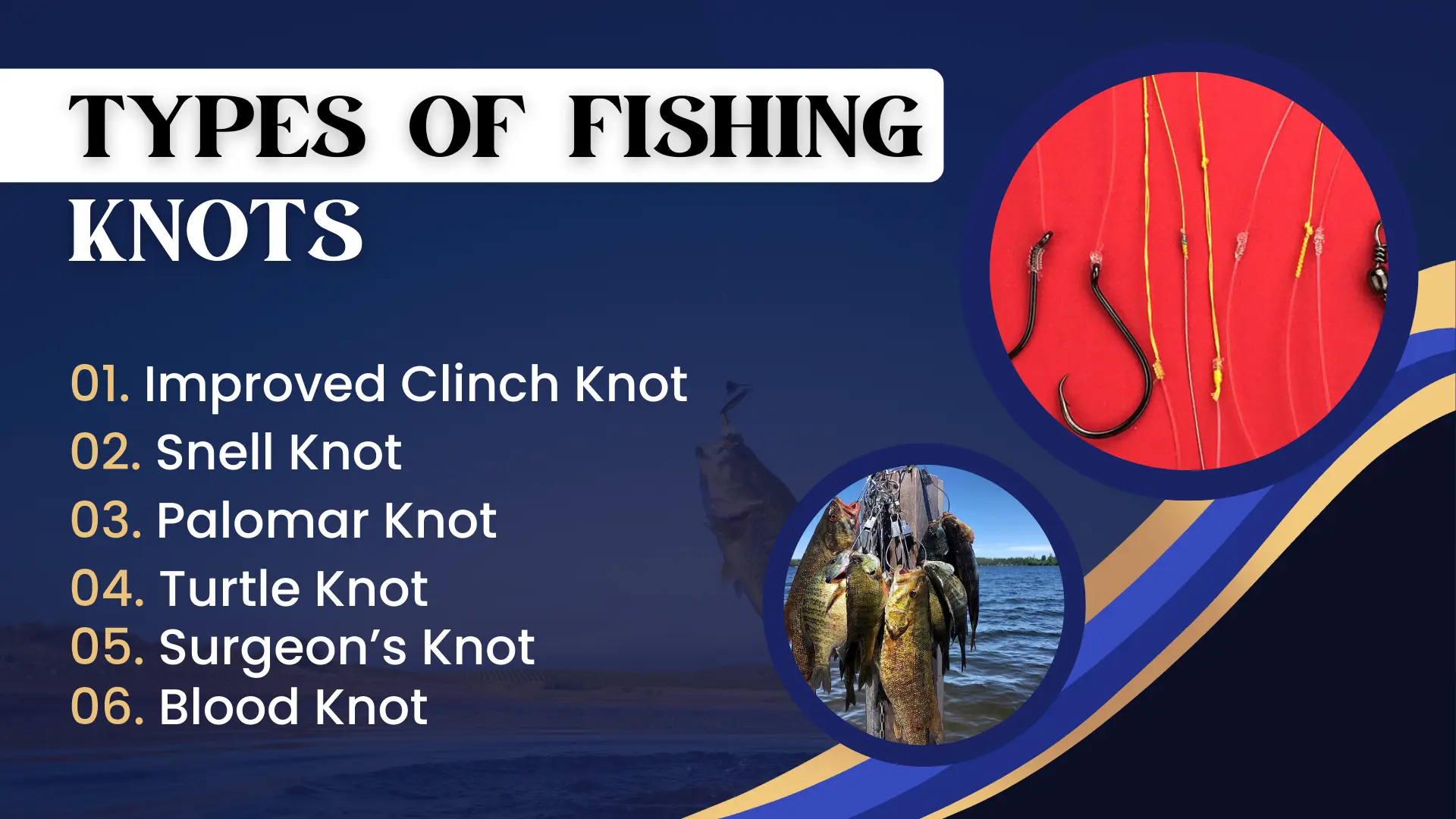
Here are some famous types of fishing knots you can try and improve your overall fishing success and experience.
1. Improved Clinch Knot
The improved clinch knot is the simplest to tie and the most reliable one. It is incredibly strong, and any angler can tie it easily. Here’s how you can tie an improved clinch knot.
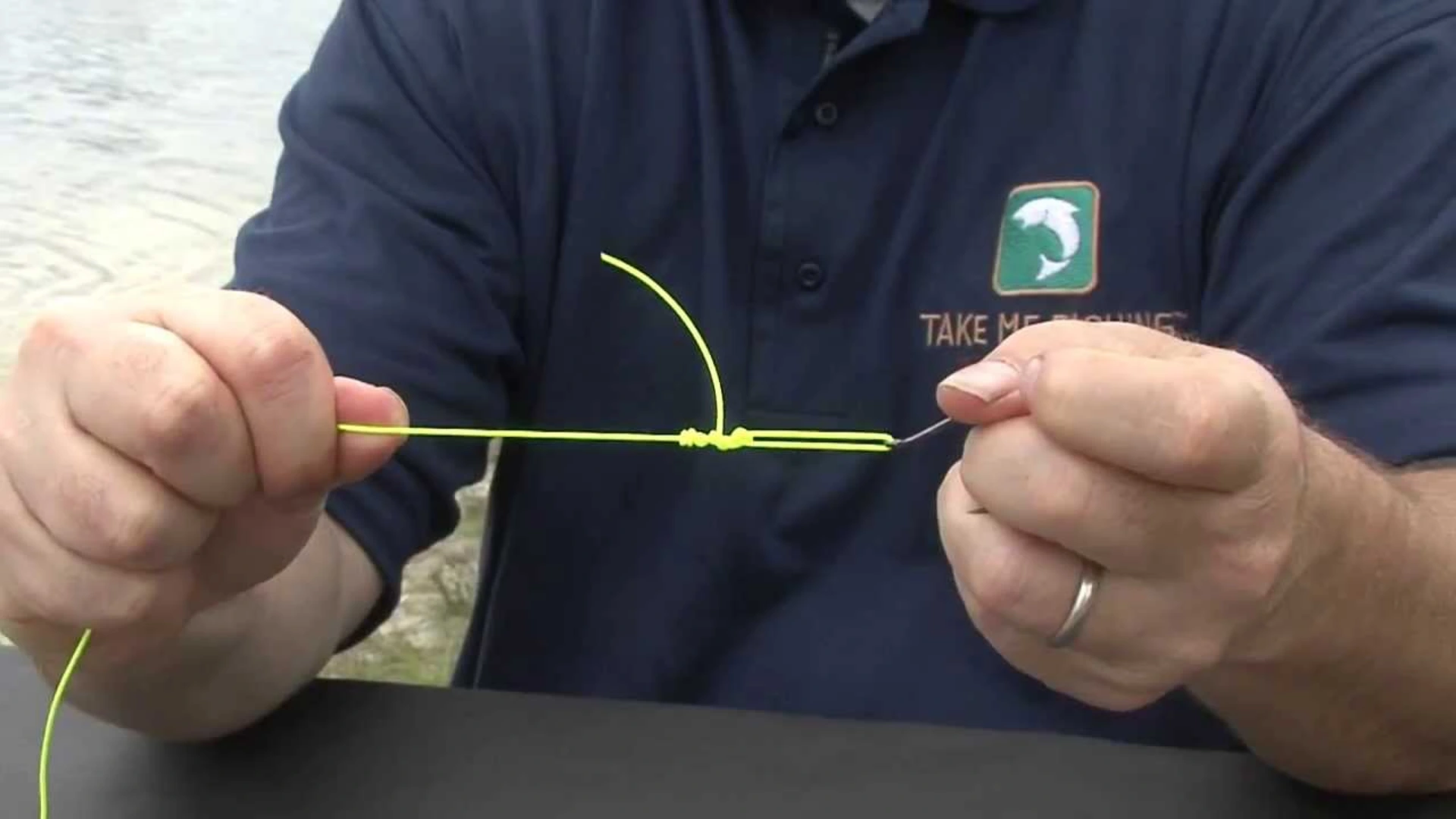
- Hold the hook in your hand and pass the thread through the eye of the hook.
- Twist it five to seven times around the line and create a loop; hold the loop on your finger.
- Then, pass one end of the line from the small loop near the hook’s eye and pull it through the other one.
- Secure it. That’s it, and you are done.
2. Snell Knot
The next type of fishing knot is the snell knot, which is super easy to tie. I will share the easiest way to tie this knot, and the best thing about a snell knot is that it hooks to the inner side of the fish’s lips more tightly than regular knots. Remember not to use this type of fishing knot if your target has sharp teeth because it can be easily cut.
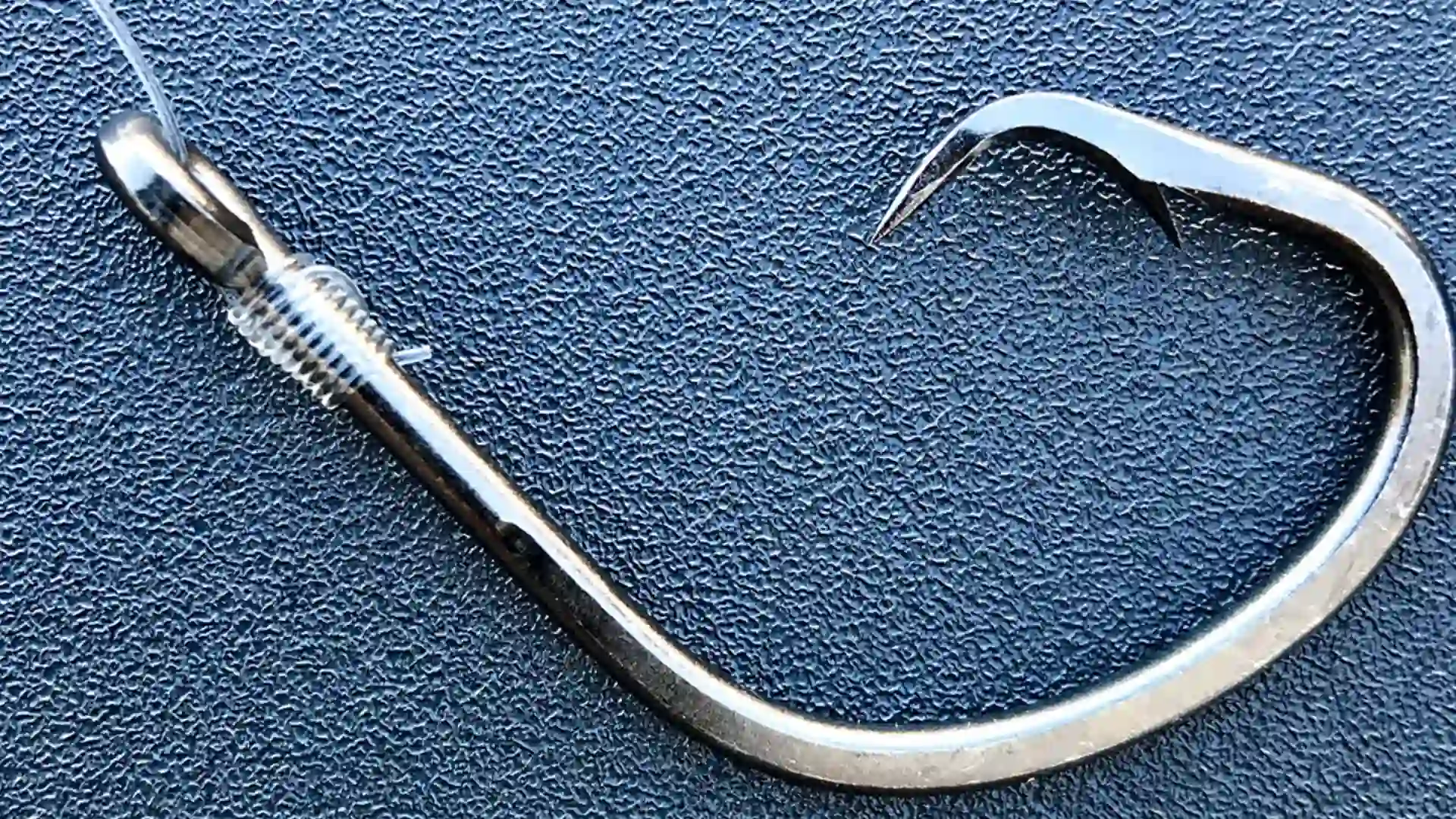
- The first step of tying a snell knot is to pass the thread from the hook’s eyelet.
- Now, create a big loop and hold it.
- Take the end of the loop, wrap it around the hook’s shank, and twist it four to five times.
- Pass the twisted thread’s end from the loop you created in the beginning and hold it along the hook.
- Now, pull the thread line until the loop disappears to tie the knot tightly.
3. Palomar Knot
Important
If you are a beginner and looking for some quickest and easiest type of fishing knot then do try a palomar knot.
Palomar knot is super easy to learn. Here’s how I tie a palomar knot.
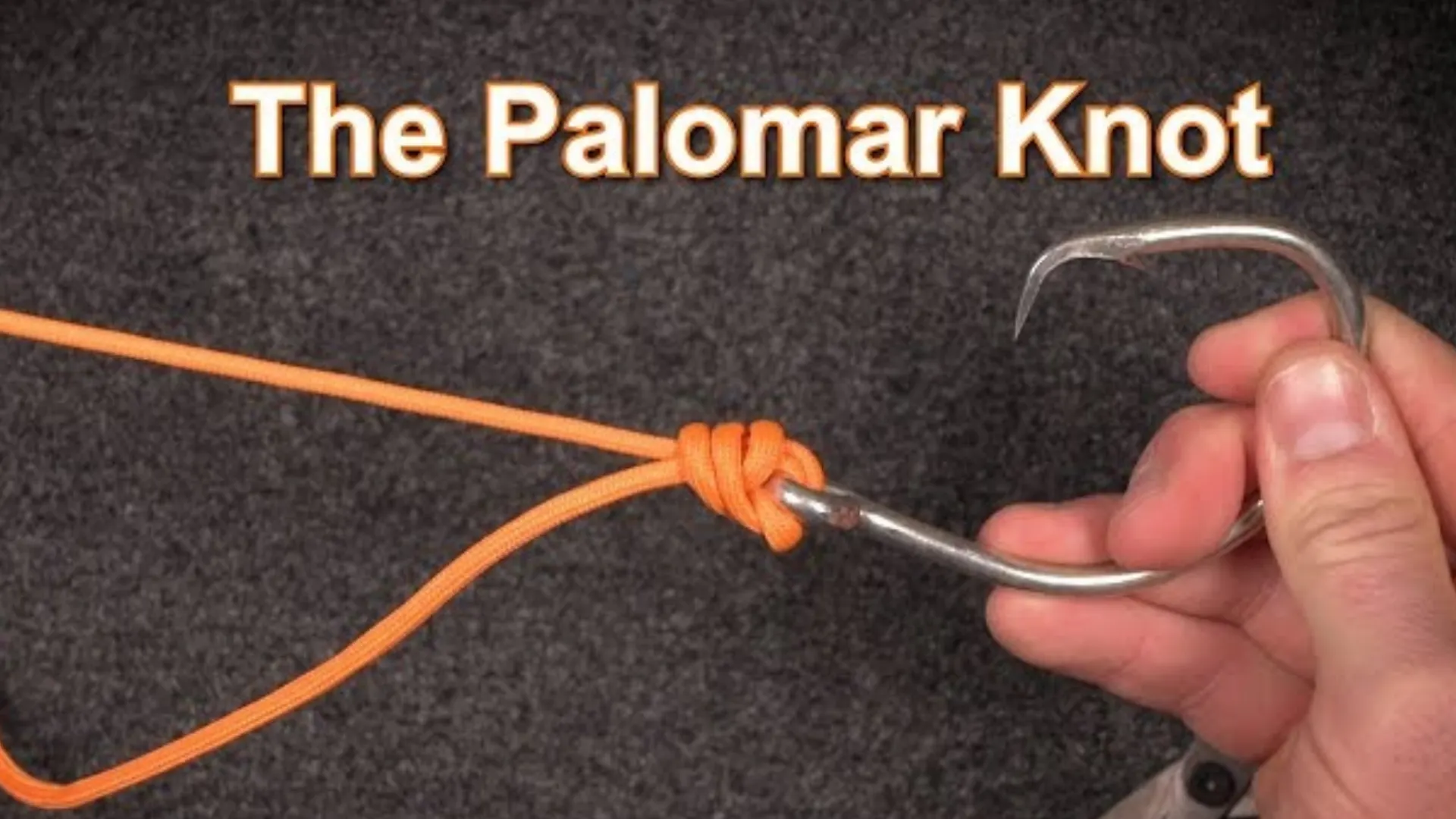
- Take about a four to six-inch double line and pass it through the eye of your hook.
- Now, make a loose overhand knot and pass the hook through the left side of the loop.
- After this, all you have to do is pull the line from the other side to tighten it.
- Trim the hanging loose end, and you are done.
4. Turtle Knot
The turtle knot is one of the strongest knots to tie and is helpful for a big catch. Follow the steps to make a turtle knot.
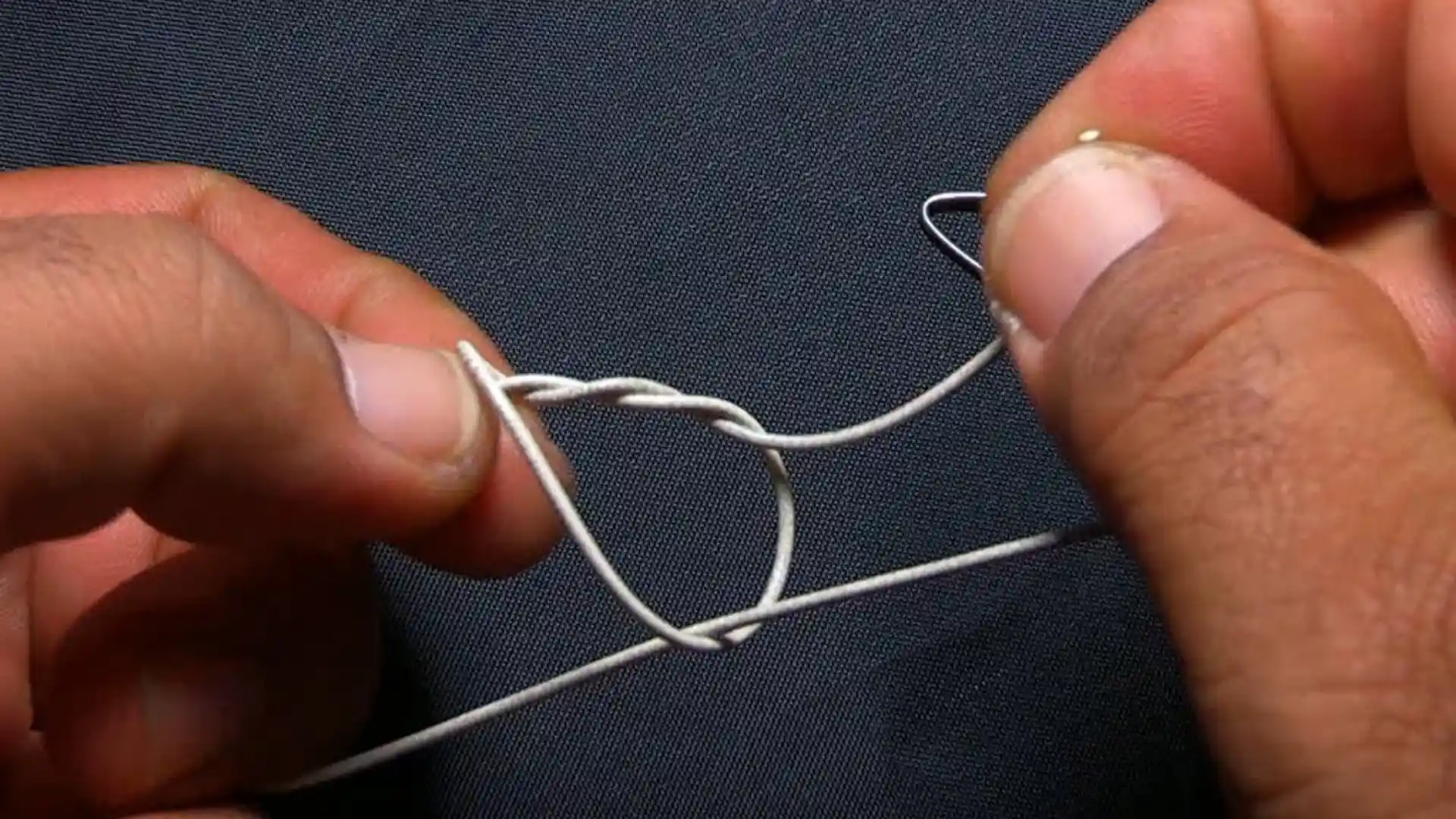
- Start with passing your line through the hook’s eye and tie a double overhand knot, but make sure the knots are loose.
- Now you have a loop, pass your hook from this loop and pull the line to tighten it around the eye.
5. Surgeon’s Knot
A surgeon’s knot is not easy to learn, but it’s quite resourceful in fishing for anglers who know how to tie a surgeon’s knot. The Surgeon’s knot is best in joining two lines together regardless of their length. Here’s how I do it.
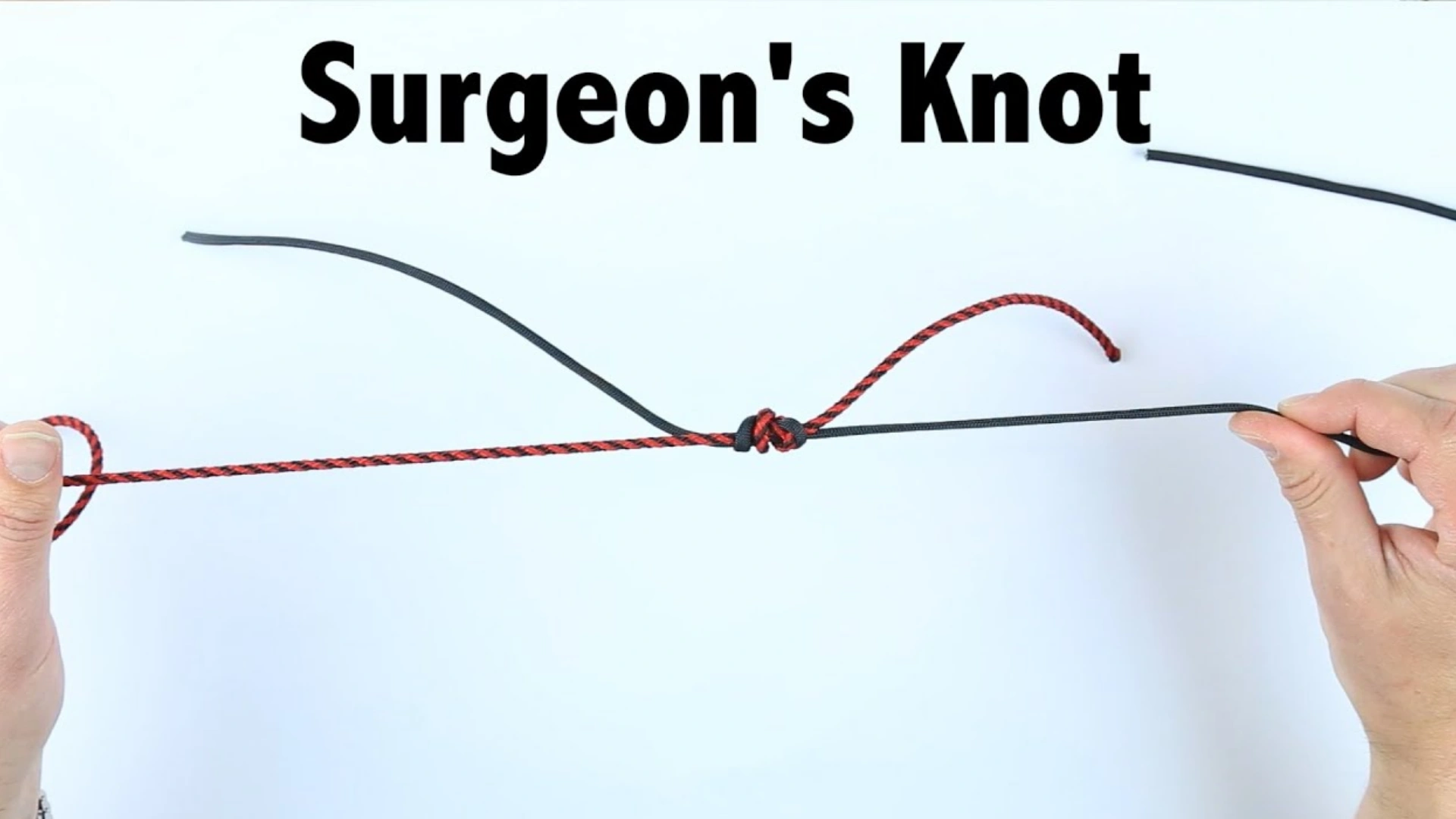
- Lay the lines perfectly straight next to each other and make an overhand loop.
- Now, grab the line from the shorter edge and pass it through the loop.
- Start wrapping it around the loop from one side.
- You can repeat it several times and pull the line after wrapping.
- Boom, your surgeon knot is tied.
6. Blood Knot
Next in the line of some must-learn types of fishing knots is the blood knot. It is ridiculously stronger than any other type of fishing knot and is super reliable. However, it can only be used for lines with equal lengths and diameters, unlike Surgeon’s knot.
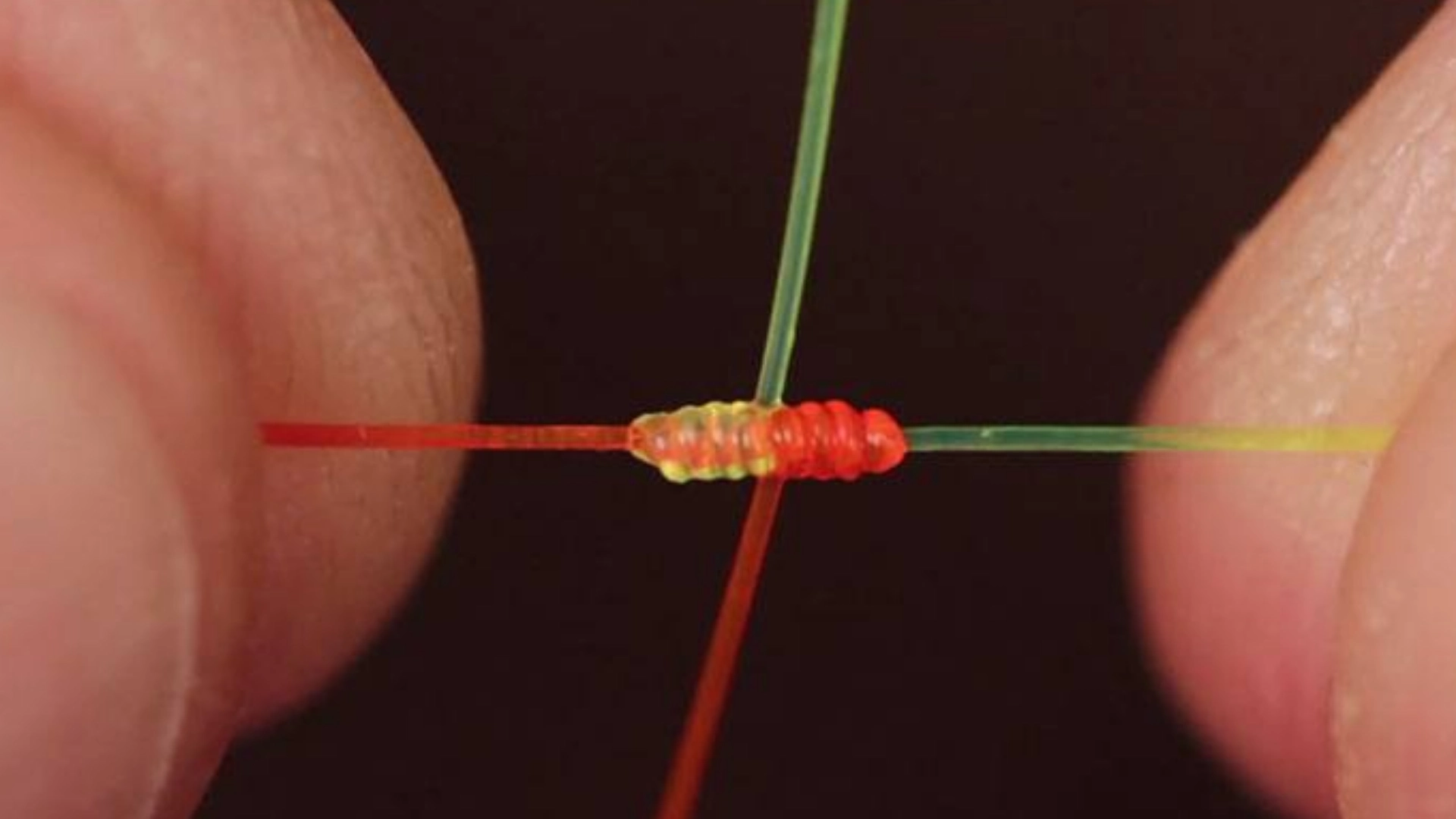
Moreover, only a blood knot can be used to tie mono-filament nylon lines, so if you use this line, you must learn how to tie a blood knot. It seems hardest to tie, but if you follow my steps, you will be done in a few minutes. Here is how I tie a blood knot.
- Take two lines and place them over each other, making an X shape.
- Now grab one line and start wrapping it over the second line. Make sure you are wrapping it towards you.
- Wrap the line four times in this manner, and at the fourth wrap, bring the line at the point of intersection of both lines, pull it up, and hold it in position with your thumb and index finger.
- Now, take the second line and repeat the same procedure. Wrap it around the first line four times and ensure you are wrapping it away from you.
- After the fourth wrap, pass the second line from the same intersection point as the first line but in the opposite direction of the first line.
- Now, draw the knot closer by pulling the edges of both lines together. Remember to do it slowly to prevent pulling out the knot from shorter line edges.
- Keep on pulling the lines slowly until it forms a nice barrel shape.
Bonus Tips
Learning fishing knots is not difficult; you only need a little practice, but many beginners have difficulty catching a fish even after knowing the most common types of fishing knots. So here are a few bonus tips that will do wonders for you.
- Do some homework before fishing and ensure you use the right knot for the situation.
- Lubricate the knot before you tie the knot to prevent it from slipping.
- Pull the knots tightly before securing them.
- Avoid fishing in congested areas, as it can damage your fishing line and hook.
- Always use fresh bait and wash the hook after every use to prevent the hook from rusting.
FAQs
What is the most effective fishing knot?
An improved clinch knot is the most effective fishing knot.
What is the purpose of a fishing knot?
The purpose of a fishing knot is to tie the fishing line with a hook, lure, or swivel.
What is the strongest knot?
The paloPalomart is the most vital type of fishing knot because of the double line. It makes the knot stronger and maintains high tensile strength that increases efficiency.
Conclusion
To take your fishing game to the next level, you should master the art of tying fishing knots. In this comprehensive guide, we provided all the instructions related to types of fishing knots in detail, so feel free to take help from our content and never lose your fish due to knot failure.

